This was published 6 years ago
Why are passports usually red, green, blue or black in colour?
By Soo Kim
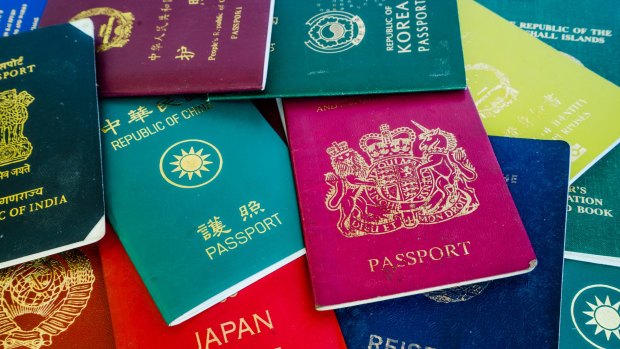
All passports are derived from four main colours: red, green, blue or black.Credit: Shutterstock
The UK went wild a few weeks after the government the country's passports, like Australia's, will have blue covers once again after Brexit.
The new design will replace the current burgundy cover that has been a feature of the UK passport since the Eighties.
But approaching immigration control, have you ever wondered why your passport, and the passports of those around you, are the colours that they are?
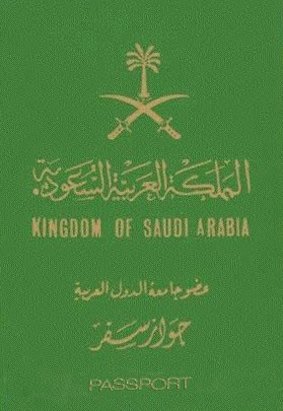
The passport of Saudia Arabia.Credit: The Passport Index
OK, perhaps not - the airport experience is enough to frazzle our sense of curiosity. Nevertheless, there is more to it than you might think.
According to Hrant Boghossian, the vice president of Arton Group, which runs the interactive Passport Index database, the shade of each national passport is derived from just four main colours: red, green, blue or black.
However, "within each colour hue, we see vast variations," he explained. "There are in fact many passport colours."
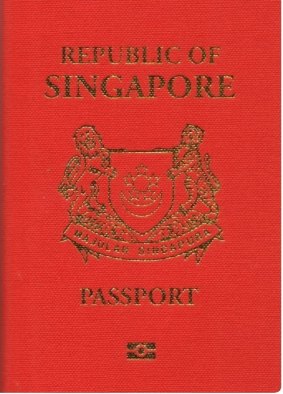
Singapore's passport book.Credit: The Passport Index
While rules that dictate how passports must appear, including their size and format, are issued by the International Civil Aviation Organization (ICAO), governments around the world can choose the colour and design of their national document and there are "many possible scenarios" that explain why they choose to go with a certain colour, Mr Boghossian said.
The passport books for countries within the European Union (EU) tend to be burgundy, while those from Caricom (Caribbean Community and Common Market) states use blue, which could be for geographical or political reasons.
"Some could argue that the burgundy red is due to a past communist history," said Mr Boghossian, and that blue passports may be symbolic of the New World for countries in North America, South America and Oceania.
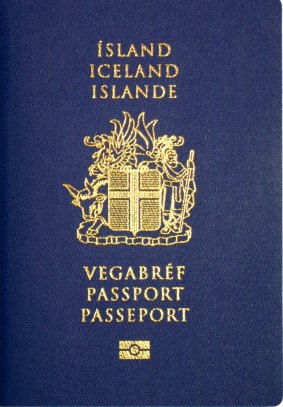
The passport of Iceland.Credit: The Passport Index
"The passport of Turkey has changed to burgundy as it hopes to join the EU," he also claimed.
For others, the chosen passport colour may be religiously significant, such as in Muslim countries such as Morocco, Pakistan and Saudi Arabia, where their passports are different shades of green.
"Most Islamic states use green passports because of the importance of the colour in their religion," Boghossian said.
Green is believed to have been a favourite colour of the Prophet Muhammad, is "a symbol of nature and life", and is seen on the national flags of Islamic countries like Afghanistan and Iran.
Some countries choose a certain colour to distinguish itself and reflect their unique identity, such as Switzerland, whose passport is bright red. Singapore's bears a bright orange/red cover, while Canada's temporary passport book, for travellers in need of emergency travel documents, has a white cover.
The US jacket has seen several changes in colour, from red to green and now blue.
The choice of colour for a country's passport, though potentially influenced by culture and history, also comes down to practicality and availability.
"Passport production is a highly controlled process, and only few companies around the world are doing it," Mr Boghossian said.
The cardstock used for passport covers is "usually supplied by a third party" and "only comes in certain colour variations to meet the required standards," he added.
See also: The most surprising countries Australians can visit without a visa
The world's coolest passports
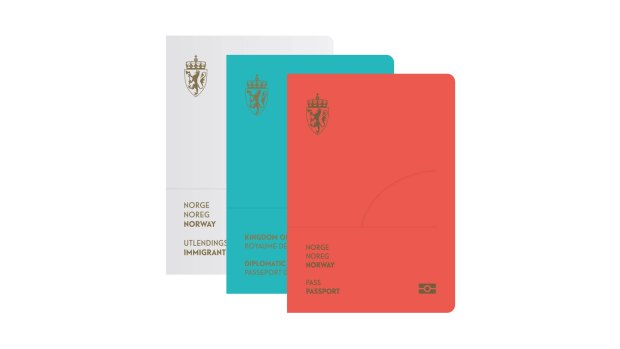
Distinctly Norwegian: The new passports. Credit: neue.no
Expect Norwegian travellers to cut a dash as they travel across the globe.
While EU citizens' passports are coloured an inoffensive but indistinct burgundy, the Scandinavian nation's passports are distinctly finished in white, turquoise or red – and contain a surprising feature that should brighten up proceedings for passport controllers the world over.
The work of Neue Design Studio, which won a competition to redesign the documents and national ID cards in 2014, the passport is based on the theme The Norwegian Landscape.
Pages feature minimalist interpretations of the country's most striking landscapes, and show one of its most mesmerising phenomena only under specific circumstances.
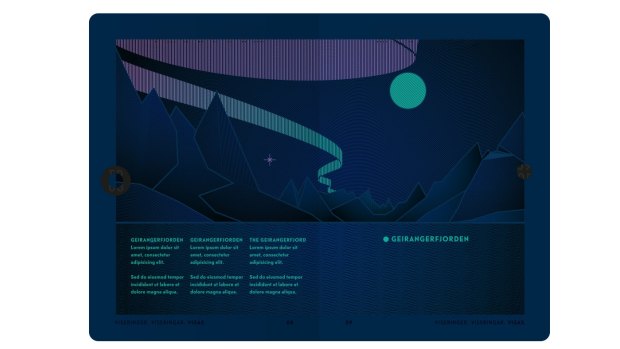
Under UV light, The Northern Lights become visible on the pages of a Norwegian passport.Credit: neue.no
Should airport security staff – or anyone else – shine the passport's pages under ultraviolet light, the otherwise elusive Northern Lights will instantly appear as iridescent trails on the paper.
The Finnish passport also exhibits a bit of Nordic design nous. It features an elk on the bottom of each page and bored travellers who flip them rapidly will see the animal amble across the document.
Norway's travel document isn't the only one that's transformed under a UV-A light. Each page of the Canadian passport bursts into life.
The UK passport was given an overhaul last year, with nifty designs featuring the likes of John Constable, Shakespeare, Charles Babbage and Antony Gormley.
We're also big fans of the Philippines' effort, starring this imposing eagle.
The world's most powerful passports
German citizens possess the world's most powerful passport, with Britain slipping this year from joint third to joint eighth place.
The ranking by Henley & Partners, a citizenship and planning firm, takes into account how many countries can be visited without applying for a visa. German passport holders can travel to 176 out of a possible 218, while Britons can visit 173.
The UK topped the 2015 rankings, alongside Germany, but ceded that spot after several countries relaxed visa restrictions to the latter. It was leapfrogged by Sweden last year and now lags behind Denmark, Finland, Italy, Spain and the US. Austria, Belgium, France, Luxembourg, Netherlands, Norway and Singapore share eighth place with the UK.
At a glance | The world's 25 most powerful passports
1) Germany - 176 countries can be visited without a visa
2) Sweden, 175
=3) Denmark, Finland, Italy, Spain, United States, 174
=8) Austria, Belgium, France, Luxembourg, Netherlands, Norway, Singapore, United Kingdom, 173
=16) Ireland, Japan, New Zealand, 172
=19) Canada, Greece, Portugal, Switzerland, 171
=23) Australia, South Korea, 170 - - 25) Iceland, 169
The Telegraph, London
Sign up for the Traveller newsletter
The latest travel news, tips and inspiration delivered to your inbox. Sign up now.